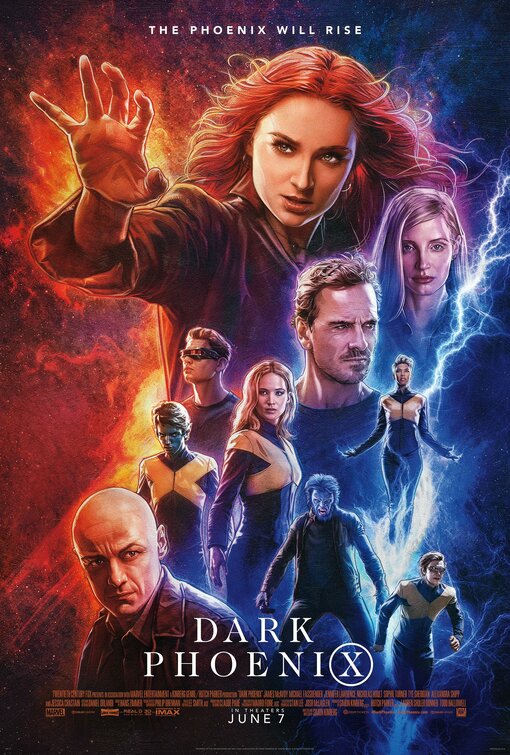
I saw Dark Phoenix this summer and, not for the first time, was amazed at how my reaction to a $200 million effects-laden event film with bankable stars reprising popular roles could be “That was it? Eh.”
No spoilers ahead.
The previous group outing in the franchise, X-Men: Apocalypse, elicited a similar response from me. Dark Phoenix, however, is based on a particular saga that’s legendary amongst fans of serialized superhero comics — a young woman named Jean Grey’s transformation into, merging with, and/or impersonation by a cosmic entity known as the Phoenix (depending on what and when you’re reading) — to which I have a much stronger personal attachment. I could hardly expect the film to be a note-for-note adaptation, given the need to condense hundreds of pages of plot published over
several years into a single two-hour movie using a mix of characters prescribed by past installments; still, certain key changes were surprising, and the way it redefined
aspects of the whole franchise even more so.
While I did hear bursts of applause during various set pieces engineered to push such buttons, and I won’t tell any of you not to see Dark Phoenix because you could well fall into the slice of the audience simply happy to watch these people doing this stuff one last time without judgment from me, I felt the chasm between what the film turned out to be and what it could have been considering not only the source material but the Avengers-based Marvel Cinematic Universe and the history of this series its own self was just depressingly vast.
Apologies for the cursory review; further thoughts contingent in part on a possible upcoming project. Dark Phoenix is now available on home-video platforms.
Related: El on Earth • Grey Matters • The Dr. Manhattan Transfer

No comments:
Post a Comment